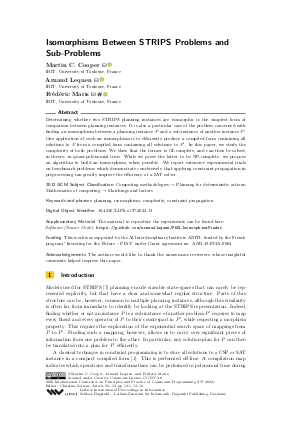LIPIcs.CP.2022.13.pdf
- Filesize: 0.82 MB
- 16 pages

 Creative Commons Attribution 4.0 International license
Creative Commons Attribution 4.0 International license







Feedback for Dagstuhl Publishing